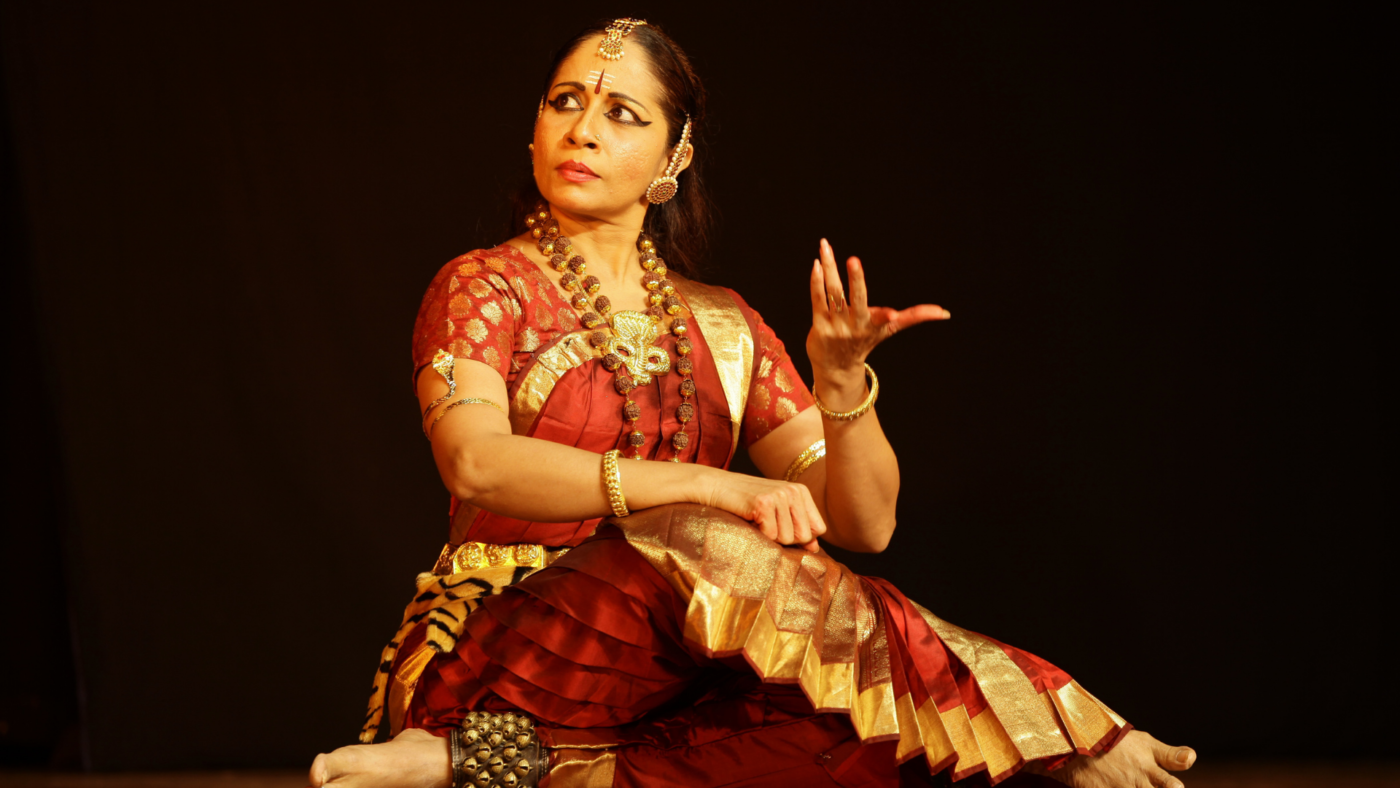Lakshmi Ramaswamy shares her experience as a Fulbright Arts Fellow and how that has influenced her practice and management of the art of bharatanatyam.
January 2020

Lakshmi Ramaswamy, a noted bharatanatyam dancer, describes herself as a perpetual learner. “I tend to wear a few other hats—that of an academician, a performer, choreographer, researcher and teacher,” she says. Her institute, Sri Mudhraalaya Academy for Bharatanatyam, in Chennai, celebrated its Silver Jubilee in 2019.
Ramaswamy was a Fulbright Arts Fellow in 1999-2000 at Golden Gate University, San Francisco, focusing on bharatanatyam in arts and culture management. “It opened the doors to international exposure for me,” she says.
The field of arts and culture management may seem a bit confusing to people exposed only to traditional art performances. “As long as the teacher and the taught are in an informal space, a class in a house setup, and the performance opportunity comes only through the teacher, there is not much requirement for ‘management’ as such,” explains Ramaswamy. “But when the teaching space becomes a formal learning space, an institution, and the performance space a typical presentation venue, the requirement of management becomes significant. In fact, crucial.” She adds that just as any corporate house, where there are various sections for communication, administration, correspondence, etc., “in this area, too, training schedules, performances, accounts, organizing events, etc. come under management principles.”
Talking about her experience during the Fulbright Arts Fellowship, Ramaswamy recalls, “Everything was new to me—the country, the university, which was completely different from the college I graduated from in Tirunelveli, a town in Tamil Nadu.” She says that every concept related to art had to have elements of logic and analysis. “The challenge for me was to understand the formal handling of an institution, and apply it in a setup which was not present back home.” From the small requirement of creating a mailing list for the organization to conducting a huge dance festival, “I got a good hang of the methods that could be used to systematize an art organization,” she adds.
This exposure, she feels, helped her when she decided to go for a master’s degree, followed by a Ph.D.
The huge library at the Golden Gate University also gave Ramaswamy access to new authors and books. “I was surprised to see articles that were outcomes of research on the ‘advantages of art’ done way back in the 1950’s.”
Ramaswamy also got the opportunity to conduct a lecture demonstration on her art as part of the San Francisco Ethnic Dance Festival 2000. “I got to meet many experts in the field—Gloria Unti, who uses art for development of special needs youth; Valerie Baadh and Michael Garrett, with whom I had memorable interactions on stage presentation and lighting techniques; and Anne Smith, then-chair of arts administration, who was such a lively person, with knowledge and wit.”
How has she incorporated her fellowship experience in her work back home? “I am trying to use what I learned there in my workspace,” says Ramaswamy. “I have introduced more systematization than what I used to do earlier; like documenting my work, labeling files and scripts, etc. I have learned to process paperwork, apply for government grants and also teach my students and researchers with a clear methodology.”
In recent years, graduation and master’s programs in art education have been introduced in some Indian institutes. But, Ramaswamy feels, “Arts management has not geared up as much as business management.”
Sharing an anecdote on the subject she says, “I wanted to visit the San Francisco Ballet company and fixed an appointment to meet the director. I was pleasantly surprised to find that he came down six floors to welcome me to his office. He walked me through each and every space—the dance floors, the administration office, the printing unit, the choreography chamber, the accessories closet and much more. I was in awe and I told him, ‘It is overwhelming that you have so many hands to help. Back home, I teach, I practise, I research, I present programs of myself and my students, I spend from my own pocket on books to costumes and even climb up the landing to set up lights.’ He listened to me and commented, ‘Then I should probably come on a Fulbright to see how a single person handles that much!’ ”
Ranjita Biswas is a Kolkata-based journalist. She also translates fiction and writes short stories.
COMMENTS